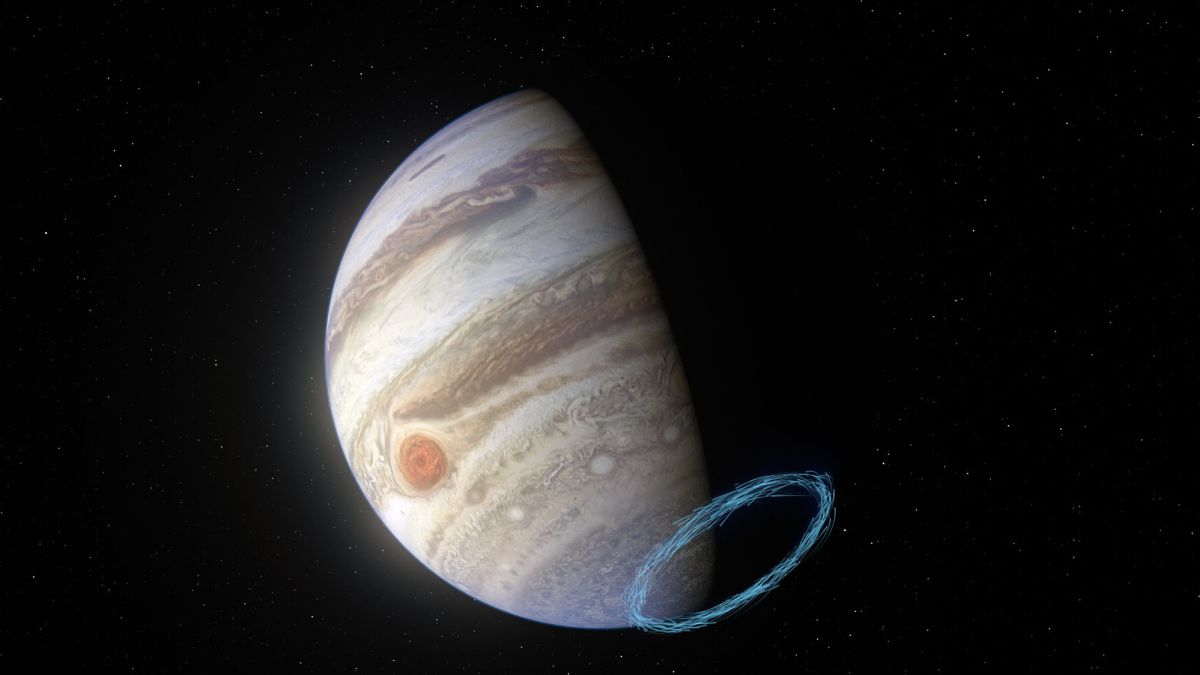One of the unknowns that most intrigues scientists is the existence of life outside of Earth. Various investigations have yielded indications that Mars and venus were once habitable, despite the hellish conditions that currently exist in the second.
However, there are other planets with great potential to be explored. The European Space Agency (ESA) intends to send a mission in 2022 to Jupiter and Saturn to find out if their moons would be habitable.
This theory was proposed by astronomers in 1998, After the Galileo spacecraft NASA will detect hints of an ocean below Europe, Jupiter’s best-known icy moon. Since then, other studies have suggested that there is evidence of possible columns of erupting water in this ocean.
Furthermore, it is believed that the other two great icy moons of this planet, Ganymede and Callisto, they also have oceans below their surface, like Enceladus, the sixth largest satellite of Saturn.
These findings have cast doubt on whether there could be life in these places. Thus, the objective of the space probe sent by ESA, baptized as Jupiter Icy Moons Explorer (JUICE) you will have the task of answering this question.
To do this, it will be equipped with its own ultraviolet instrument to study the auroras of the moons in deep. It is scheduled to arrive in 2019 to fly over Europa and Callisto before entering orbit around Ganymede between 2032 and 2034. This space probe
Oceans trapped by ice
Experts estimate that oceans found under these moons are very big, covering its entire circumference and tens of kilometers deep. However, they could be trapped by a thick layer of ice that would make its study notably difficult.
One of the best approaches so far has been to discover What effects does salt have on the oceans on its electrical conductivity? Through the study of magnetic fields around moons.
However, these analyzes “mostly they have neglected all other effects that generate magnetic fields,” said Professor Joachim Saur, planetary scientist at the University of Cologne (Germany) in the journal Horizon.
“It is very important to unravel the effects that really come from the ocean”, he added.
“Our results will not nullify the idea of an ocean,” Saur explains about Europa and Ganymede, although he points out that they might question one about Callisto. But it is hoped that they can give a better information on the thickness of the oceans, their salt content and their distance from the icy layers above, among other issues that play an important role in the habitability of moons.
For life to exist, it is believed that the oceans must be in contact with the rock at the bottom for this life to have a source of ‘food’, and currently only one moon would meet that condition: “Europa is one of the best candidates for habitability because liquid water is in direct contact with the silicate mantle.”
Harmful radiation from Jupiter
Another factor that could be determining in the habitability of the moons is the amount that comes from the harmful radiation that Jupiter produces, which could even damage spacecraft that get too close to the planet. One technique to study this is observing the auroras of the moons, which are generated when Jupiter’s charged particles hit the magnetic fields around them.
Europa, for example, has a constant aurora that can be seen in Hubble’s ultraviolet images. “It relates to how the moon is exposed to this radiation because the charged particles of the radiation create the aurora.”, clarifies Lorenz Roth, planetary astronomer and physicist at the KTH Royal Institute of Technology in Stockholm, Sweden.

